Winter Camping Hacks
Winter camping can be fun if you know how to do it. As the temperature starts to drop towards freezing point [0 °C / 32 °F] and snow begins to fall, camping becomes more complicated. Here are a few winter camping hacks that will set you up for a good start.
---
1. Practice, practice, practice and establish a routine
Winter camp near home
We highly encourage you to practice winter overnight camping near home (even in your backyard!). Do everything as you would when camping in the backcountry; unpack, set up your campsite, cook meals, sleep in your tent etc. Take learnings from these close-to-home overnight trips. Mistakes made near home can be quite forgiving; there is more at stake while in the backcountry.
We also recommend that you use these practice sessions to establish efficient routines that will help preserve your warmth. For example, determine how you can minimize time spent without wearing gloves.
Winter camp near a hut
Once you feel more confident and have established efficient routines, repeat the above steps while camping near a hut. Before departing, make sure to leave your trip plan with 1-2 close contacts and confirm that the hut will be unlocked. During your first practice trip, you may uncover weak points in your routine(s) and a need to make revisions. Being close to a hut will lower the impact of any potential mistakes or failures. For example, you can always escape into the hut and warm up if something were to go sideways at camp.
We recommend that you practice winter camping near a hut more than once. This will expose you to various weather conditions (clear skies, precipitation, wind) and will allow you to develop more confidence overall.
2. Eat warm meals, bring extra fuel, and do not store your cooking water in a bottle overnight
Make sure to eat warm meals while you are winter camping. Preparing a warm meal typically requires water. Therefore, do not leave your cooking water in a bottle overnight (the water may freeze inside the bottle). Instead, pour water into a frying pan before heading to sleep and let it freeze overnight. In the morning, the water will be ready to heat, making your breakfast easier to prepare. Also, keep in mind that winter camping requires more fuel than summer camping. Therefore, make sure to pack extra fuel. Cooking gear can fail, so also be sure to bring an extra burner and waterproof matches.
Here is a good write-up by MSR around why liquid fuel is the preferred option for winter camping.
3. Do 10 star jumps before bedtime and avoid breathing into your sleeping bag
There are several ways to stay warm when winter camping, breathing into your sleeping bag and creating condensation is not one of them. Instead, we recommend high-quality sleeping gear and the following pre-bedtime routine: change into a fresh set of clothes (ex. toque, baselayers, and loose-fitting socks), go to the washroom, do ten star jumps (jumping jacks), and put a water bottle filled with warm water in your sleeping bag (make sure the lid is tightly closed and that you only use spare fuel/water). If your face gets cold while you sleep, we've heard that an eye mask works for some people (though we've never tried it ourselves).
Another tip is to keep your boots inside your tent overnight to (hopefully!) prevent them from freezing.
4. Avoid setting up camp underneath trees, stay away from avalanche risk zones and check where the sun will hit in the morning
Tree branches accumulate snow and can fall off due to build-up or wind - you don't want to wake up in the middle of the night being bombarded with snow falling on your tent and potentially making it collapse. Instead, find a sheltered location away from tree branches and avalanche risk zones and you'll be off to a good night's sleep.
Always check the weather forecast before your trip, keeping the elevation you will be at and the type of terrain in mind. If you will be moving into avalanche risk zones, it's a good habit to check the avalanche forecast not only the day before but over the days leading up to your departure. See links below for resources you can use in relation to avalanche safety training.
Another tip when setting up camp is to check where the sun is expected to hit in the morning - this can be a nice way to warm up the tent in the morning.
Living in a country rich in wildlife also puts the question of food storage on the agenda. Recommendations on how to store food while winter camping varies. We recommend asking the organization that manages the park/area you will be camping in.
5. Other Resources
Winter camping packing list for your backpack
Ask your local outdoor retailer for advice on the specific gear they recommend for your planned winter outings. In general, we recommend packing the following;
- 3- or 4-season tent
- Sleeping pad
- Sleeping liner
- Sleeping bag
- Beanie/toque
- Sunglasses/goggles
- Cooking equipment (including a pan and backup burner)
- Liquid fuel (including a backup)
- Waterproof matches
- Spare set of clothes (including loose-fitting socks composed of wool etc.)
- Water bottle(s) (or hydration pack)
- Hand and feet warmers
- Shovel
- Flashlight
- Fire making kit
- Signalling device (i.e. whistle)
- First aid kit + tent repair patches
- Emergency blanket/shelter
- Pocket knife
- Snowshoes
- Hiking spikes/crampons
- Gaiters (if snowshoeing, spiking or cross-country skiing)
- Avalanche transceiver & probe (if you are / or suspect that you will be moving into avalanche terrain)
- Food/snacks (don't forget base for hot drinks; hot chocolate or tea)
- Garmin (fully charged)
- Fully charged extra battery for mobile
- Headlamp + extra batteries (drains faster in cold temperatures)
- Camping pillow (or fill your PackStack!)
- Garbage bag (pack in, pack out - you can alternatively use your PackStack™)
- Arm watch (in case your phone battery dies)
- Map (snow tracks can easily disappear due to wind and/or fresh snowfall)
- Satellite Communication & GPS tracker (Ex. Garmin inReach)
Other gear tips!
The Packstack™ PRO [waterproof] packing pod, specifically made to fit your backpack, is a great way to keep your spare clothes and sleeping gear dry when going winter camping. The Packstack™ [weatherproof] is a great option for all other items on your packing list that doesn't require waterproof storage.
The Armadillo LT Gaiters, keeps slush and snow out from your hiking boots when using spikes, snowshoes or cross-country skiing so you can stay dry and not wet and cold feet.
The Trail Crampons, is a great complement to snowshoes when going backpacking and the terrain holds packed snow or is icy.
Avalanche safety - online resources & list of avalanche training providers
Avalanche.org provides online resources that can serve as a good first step for gaining avalanche safety knowledge. We also encourage you to take your Avalanche Safety Training before venturing into avalanche terrain.


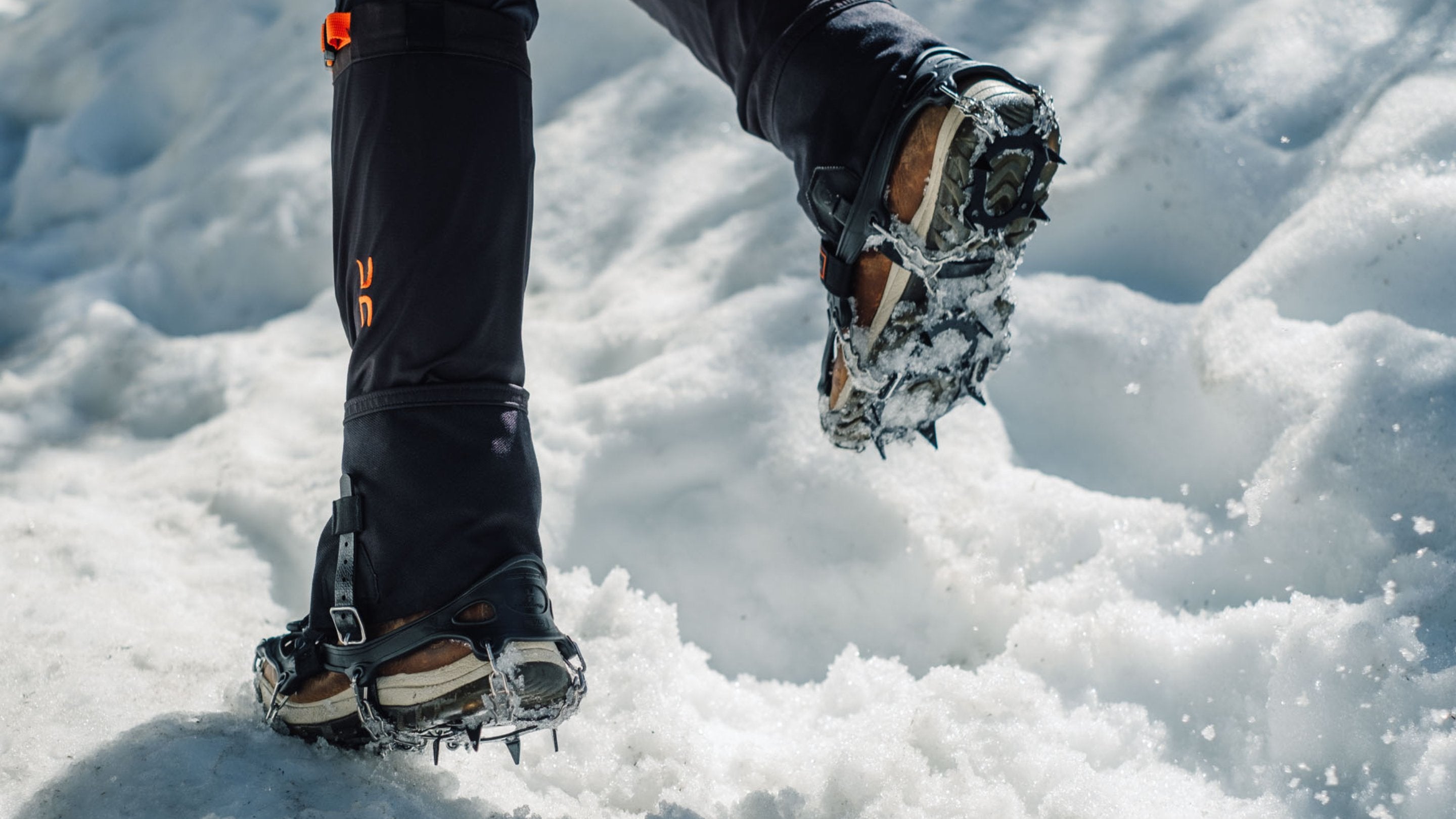
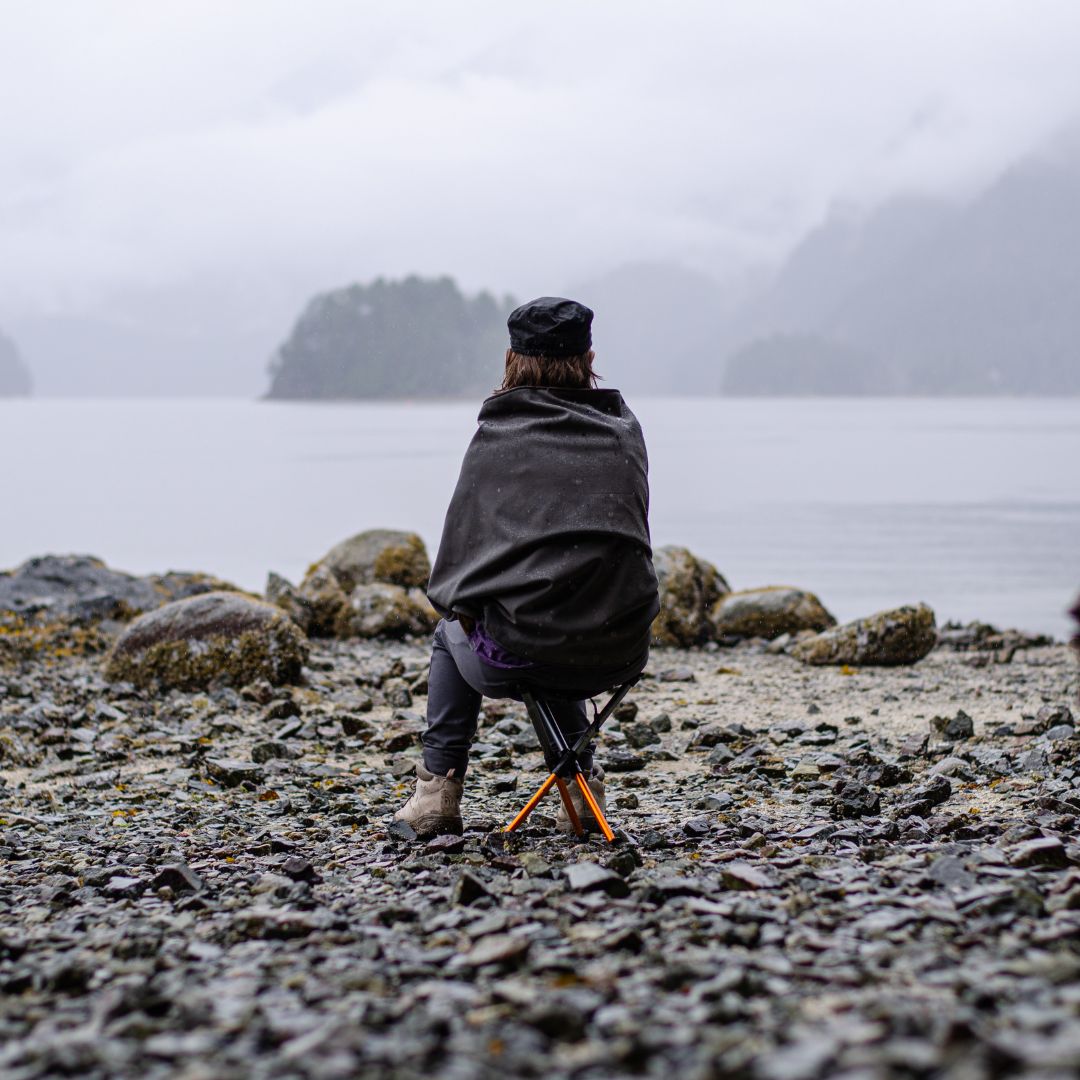
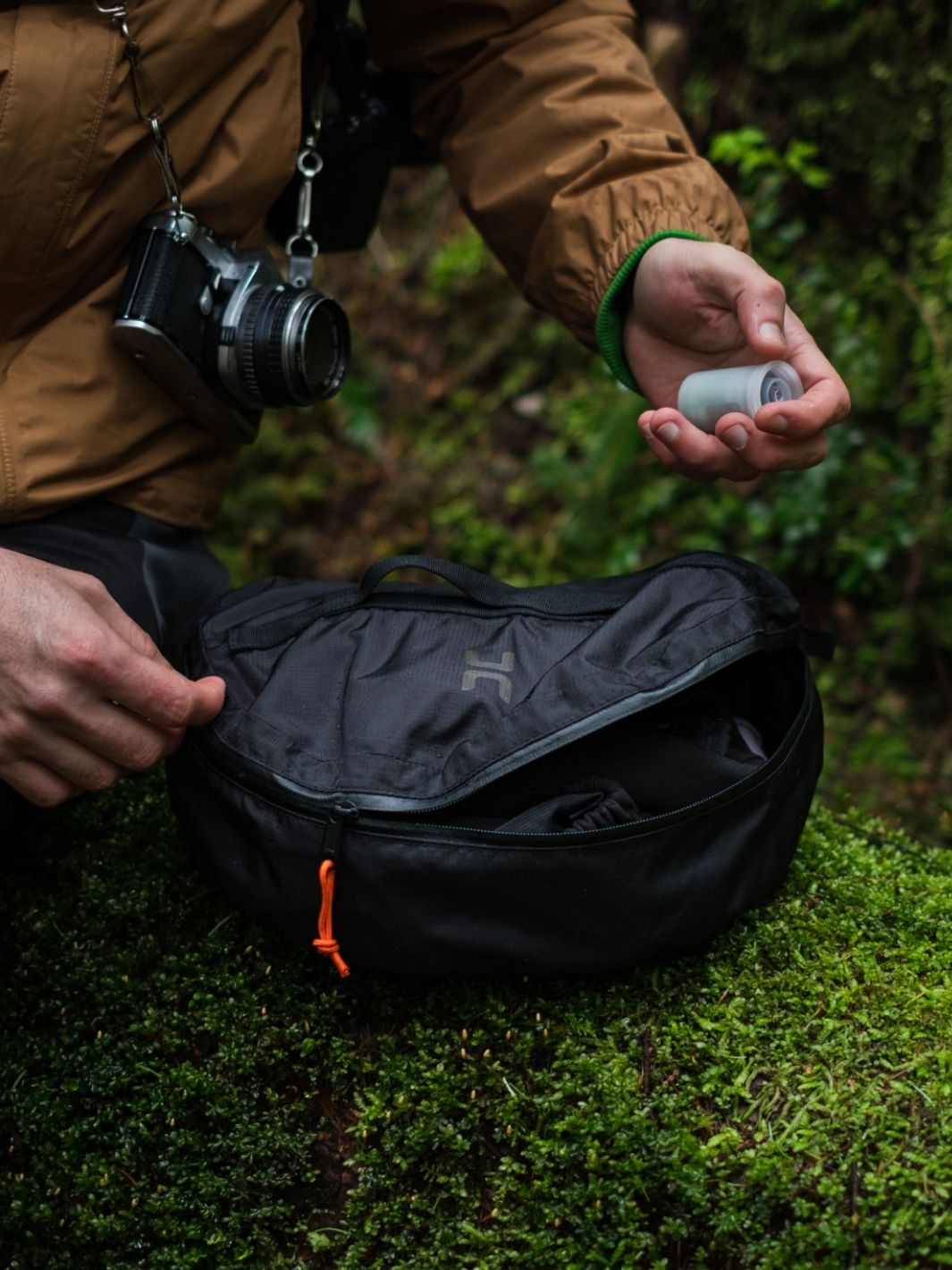
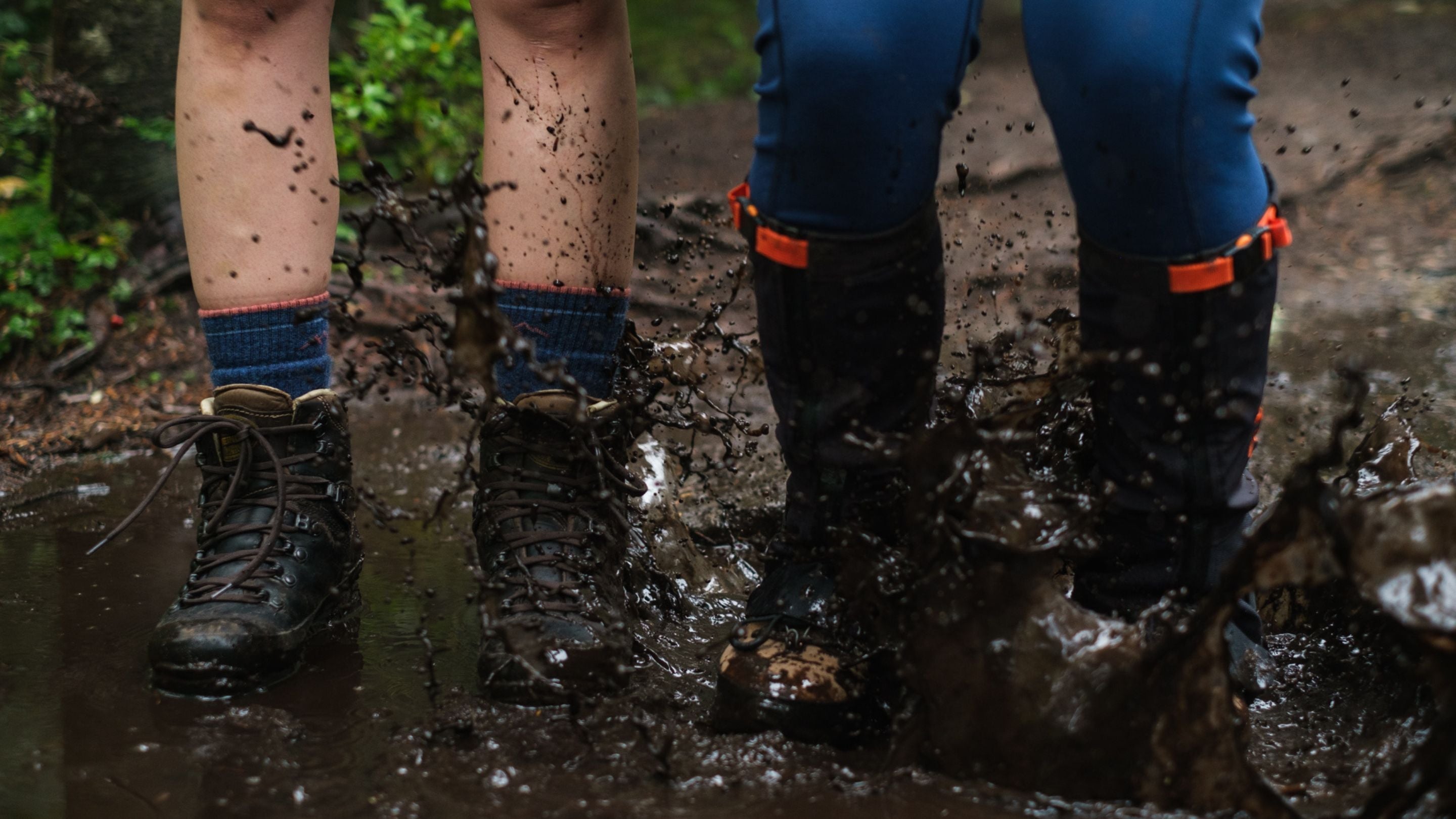
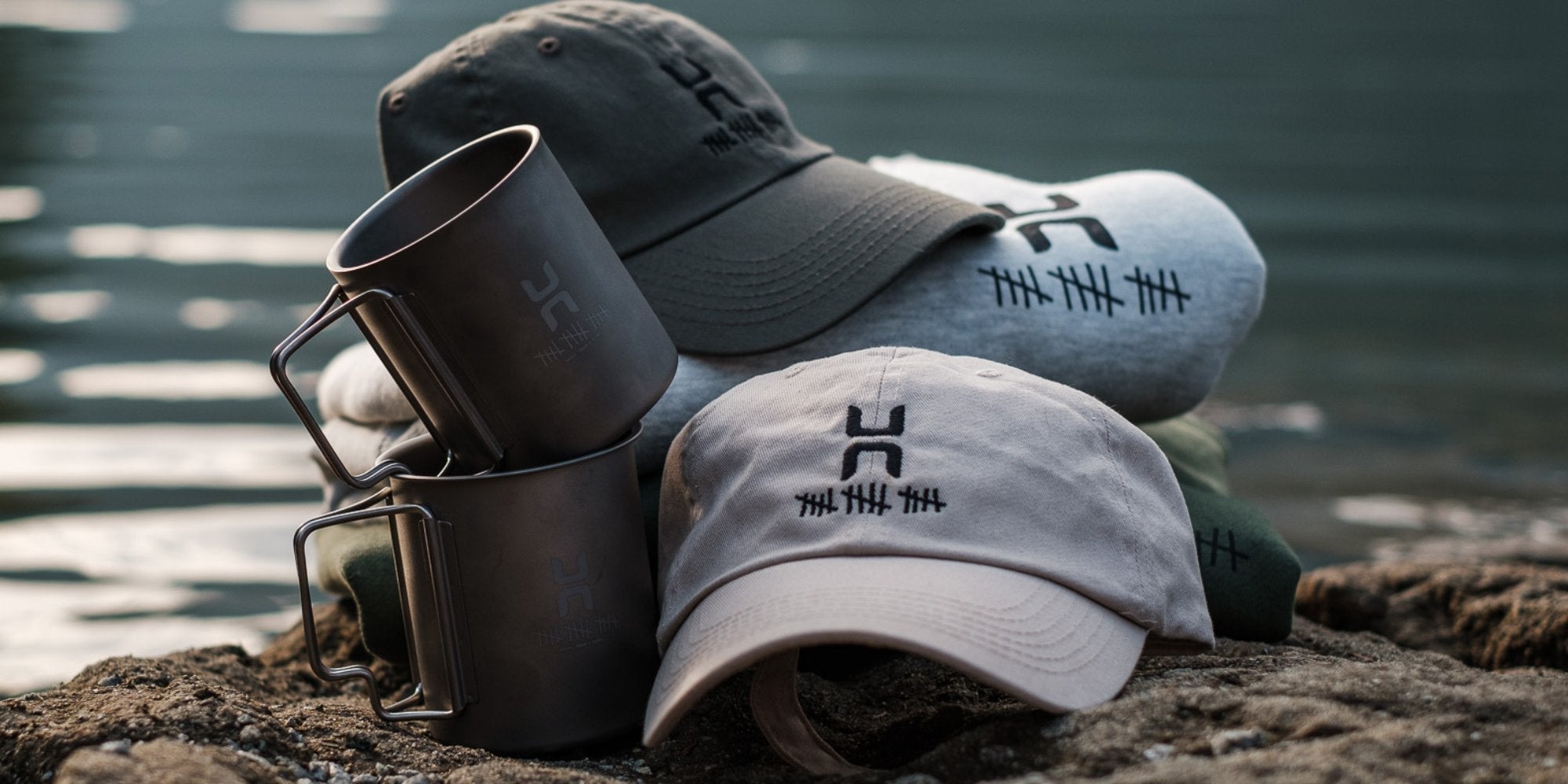
Leave a comment